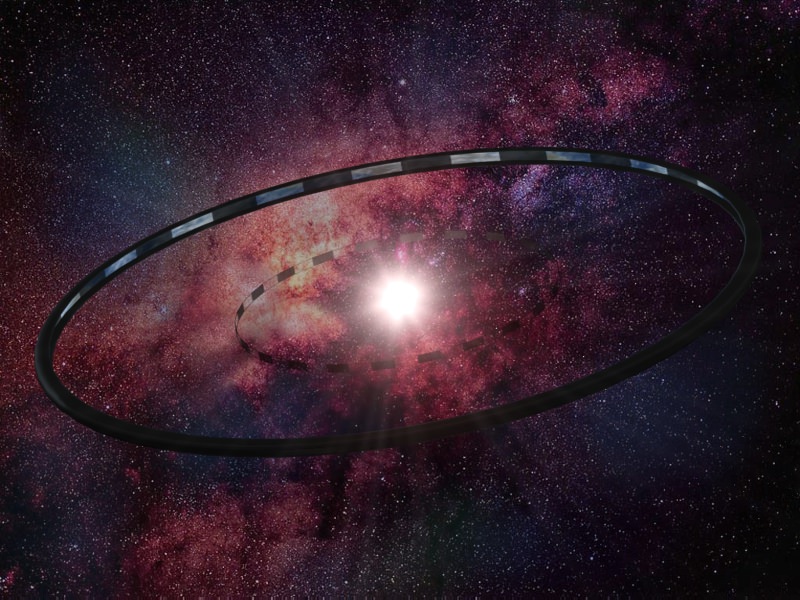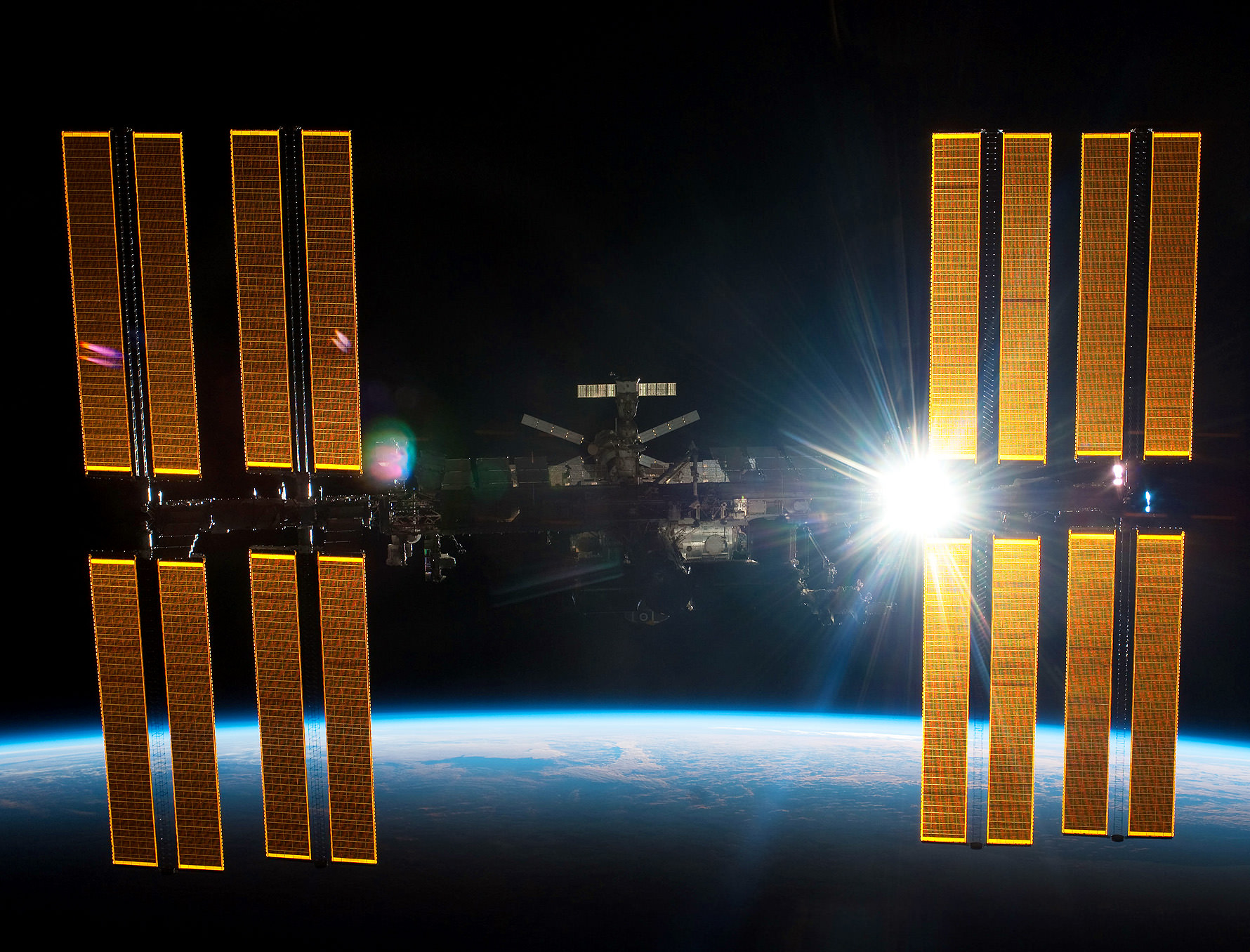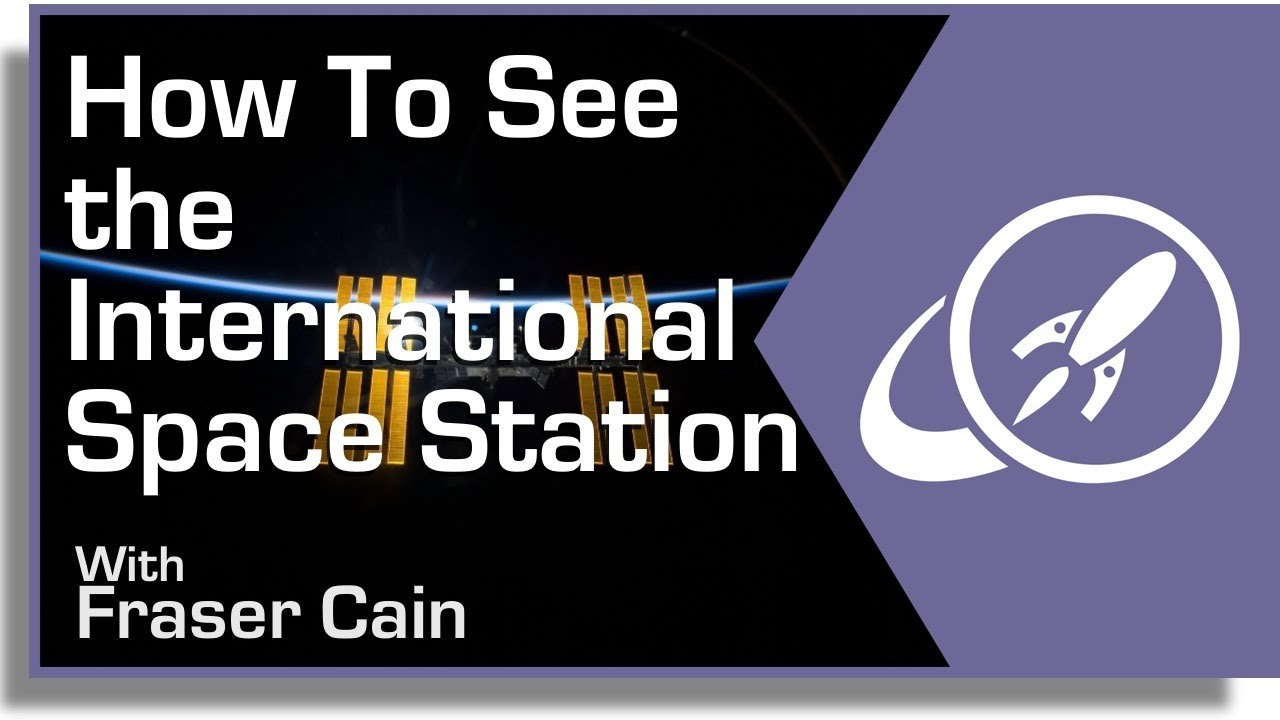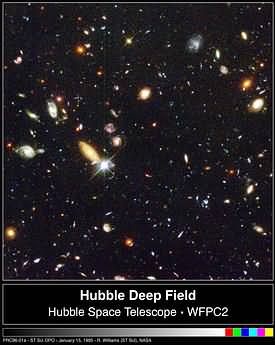It’s a big galaxy out there. Even the most skeptical scientist has to accept that if a civilisation like our own exists, then there’s a good chance we’re not the only one to have ever done so. When most people think about SETI (the search for extraterrestrial intellgence), they imagine someone like Ellie Arroway searching the skies for radio transmissions. But what about looking in other ways? Perhaps a highly advanced alien civilisation might build structures large enough for us to see.
Continue reading “Hunting for Alien Megastructures”
What path will lead American humans to Mars?
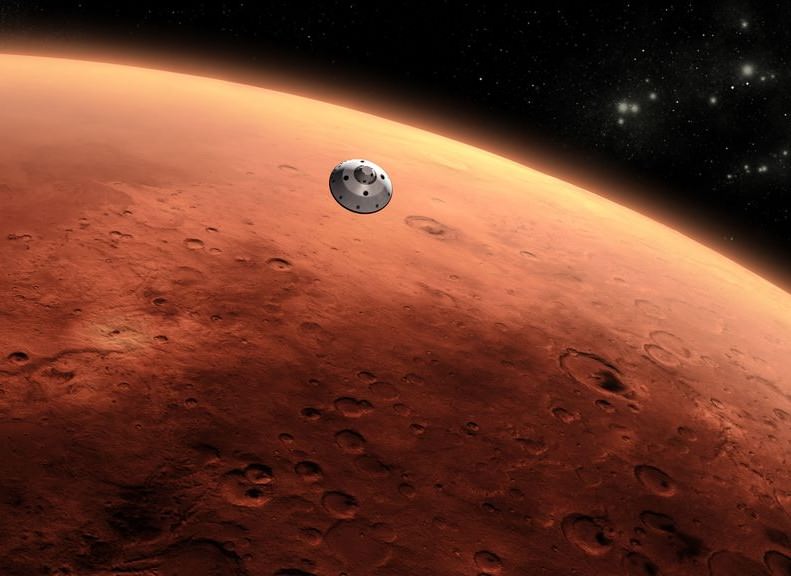
Is it just us, or has there been a lot — a LOT — of talk about getting humans to Mars lately?
Here’s Apollo astronaut Buzz Aldrin promoting a book about Mars exploration. Over here is Mars One, currently accepting applications for a one-way trip to the Red Planet in 2023 — an opportunity that thousands of people applied for so far. Don’t forget the Inspiration Mars people, either.
Even as our robotic emissaries break otherworldly driving records and search for Mars’ missing atmosphere, it’s not enough for our exploratory horizons. The stunning pictures robots beam back from Mars only fuel the fire for human hopes to get there.
President Barack Obama has said he wants to get to Mars by the 2030s, but his is the latest in a series of plans to get there. Every president seems to have a new idea of Mars exploration.
A Congressional committee this week tried to cut through the noise to get some clear messages about what to do. (Context: NASA’s fiscal 2014 budget is up for discussion, so this has budgetary relevance.)
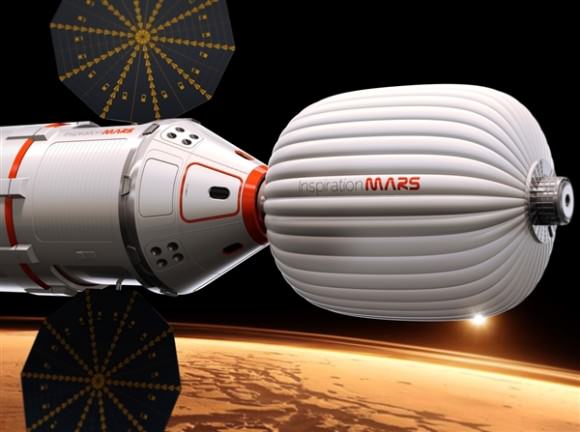
So. We had four witnesses with maybe 150 to 200 years of combined space experience appearing before the subcommittee on space on Tuesday (May 21), each with a plan. To wit, here is a very brief summary of their individual positions:
– Louis Friedman, executive director emeritus of The Planetary Society (who co-led the co-leader of the Keck Institute for Space Studies Asteroid Retrieval Mission Study): Do the asteroid mission proposed by NASA. It will launch four to five years from now. If done properly, it would be a great opportunity for humans to explore as well as for commercial opportunities in mining.
– Paul Spudis, senior staff scientist at the NASA-funded Lunar and Planetary Institute: Return to the moon. It’s close, so close to Earth that we can operate rovers by remote control. It’s a good spot to learn more about the solar system, and it provides practice for us in living off the resources of the land as it has water — a tool for life support and energy.
– Steve Squyres, Cornell University planetary scientist renowned for his Mars rover research: Go to cislunar space, the area close to the moon. It’s an easily accessible spot in a restricted budget environment. Thinking beyond that is not realistic in the current budget environment.
– Douglas Cooke, NASA’s former associate administrator for the exploration systems mission directorate: Re-establish lunar exploration. The asteroid mission would not connect well with the long-term strategy, but the lunar surface would as (like Mars) it is a hostile environment suitable for testing planetary exploration technologies.
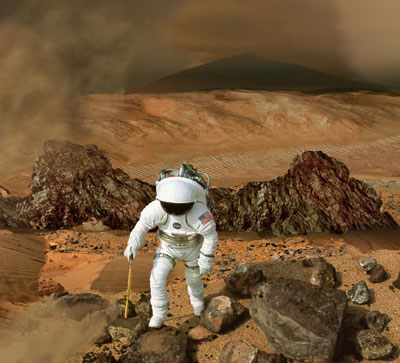
Representatives then peppered the space experts with tons of questions, such as:
– How best to bring in international partners?
– Should we be concerned about other countries talking about going to the moon themselves, such as Russia and China?
– Should we take away from other NASA programs, such as astronomy or debris retrieval in orbit, to focus on Mars exploration? (Recall that Mars science was slashed in 2012, including the loss of participation in ExoMars.)
– How do we interest the public in the mission? The asteroid retrieval (which many committee members heavily criticized as one released with little outside consultation) doesn’t seem to spark with the person on the street.
– Should we even attempt to go given the sequestration environment right now?
Take a listen of the experts’ answers in full in the archived webcast (available here).
But also — what’s your take? Is it worth going to Mars in the first place, and if so, how do we best achieve that? Please leave your thoughts in the comments.
Astrophotos: Triple Planetary Conjunction
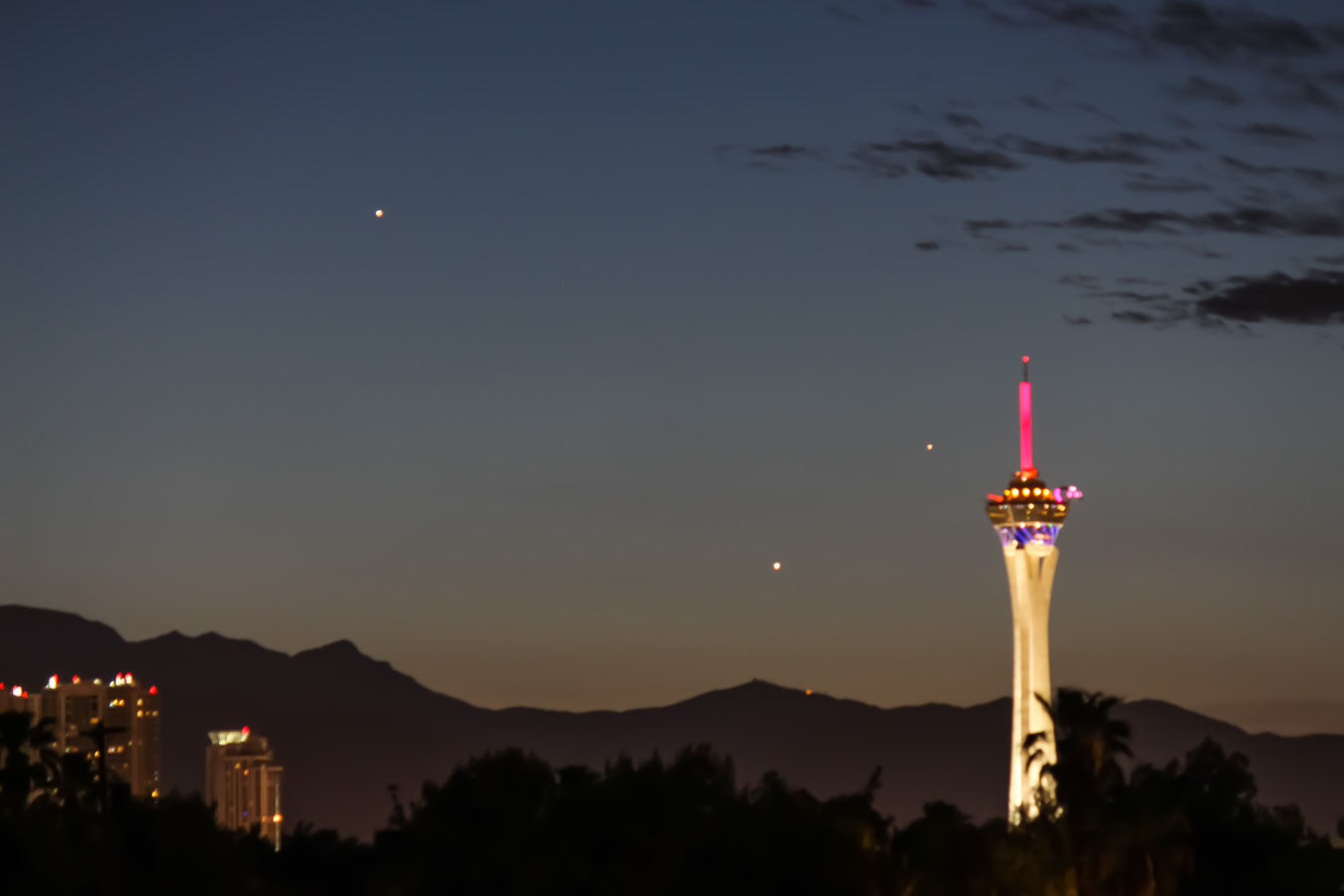
Images are starting to come in of the bright planetary conjunction in the western sky at dusk! Jupiter, Venus and Mercury are snuggling up together, and we’ve got a wonderful weekend coming up with alignments including three separate conjunctions and ever-changing triangular arrangements as the nights go by. Mercury and Venus pair up on Friday; Mercury and Jupiter on Sunday and Venus and Jupiter on Monday. See our preview article for more detailed info on how to see the planetary trio each night, and there are more images below:
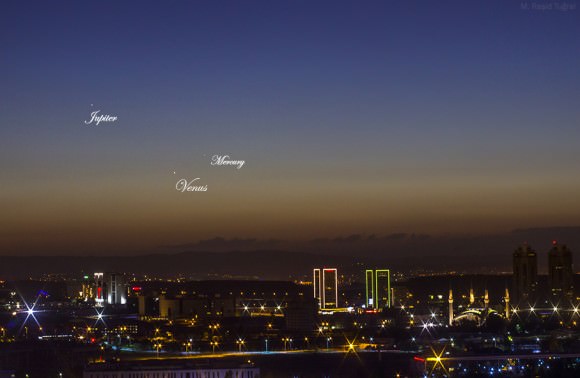
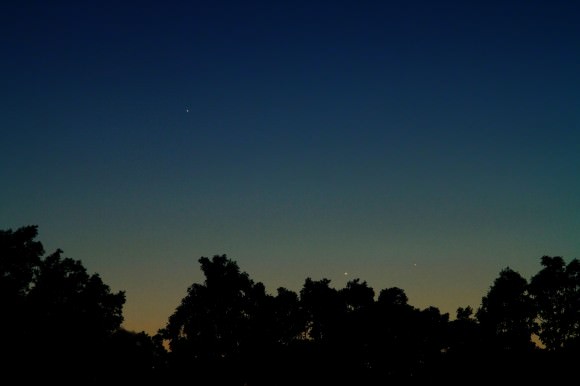
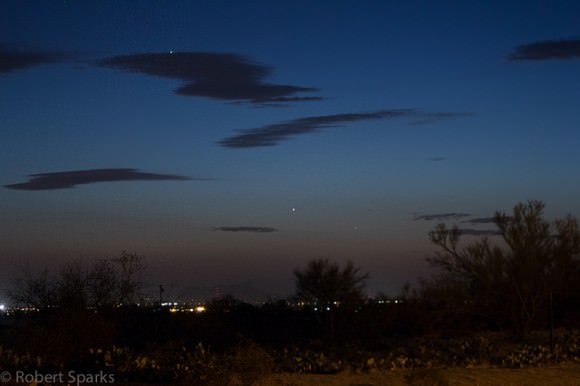
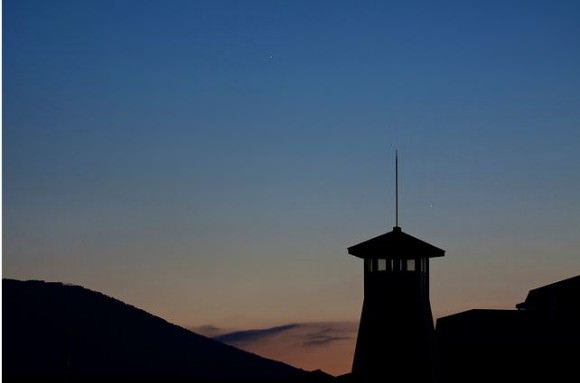

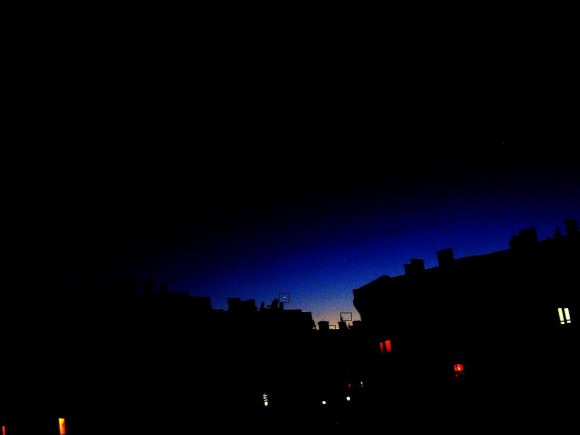
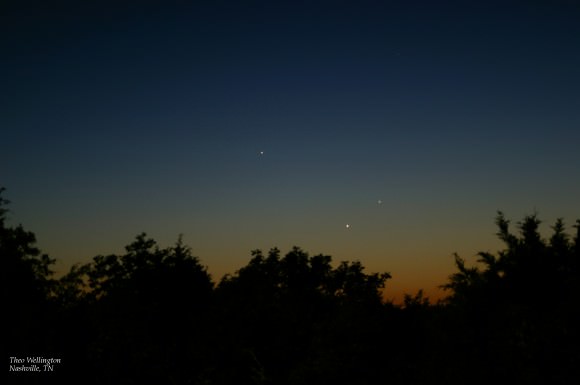
Want to get your astrophoto featured on Universe Today? Join our Flickr group or send us your images by email (this means you’re giving us permission to post them). Please explain what’s in the picture, when you took it, the equipment you used, etc.
Hanging Out with Astronauts
On May 23, NASA hosted a Google+ Hangout from the Johnson Space Center with three recently returned International Space Station Astronauts. NASA astronauts Kevin Ford, Tom Marshburn and Canadian Space Agency astronaut Chris Hadfield answered questions about daily living in a weightless environment, all the scientific research they did, the spacewalk conducted by Marshburn, how they hope they helped the people of Earth “fall in love with their planet,” and what it is like to return back to Earth after 5-6 months in space.
Below are two more astronaut videos. The first is a post landing interview with the very popular Chris Hadfield, and the second is a video with several ESA astronauts — including Italian astronaut Luca Parmitano who is heading for the ISS next week — talking about living and working in space.
How to See the International Space Station
The International Space Station is one of the most complicated machines ever built and the largest object ever assembled in space.
At any time there are up to six astronauts on board, each originating from one of fifteen different nations on Earth. It orbits at an altitude of approximately four-hundred kilometers, and completes an orbit around the Earth every ninety-two minutes and fifty seconds. The station has a mass of four-hundred-and-twenty metric tonnes, and contains a dozen pressurized modules, and many more unpressurized modules, trusses and solar panels.
It truly is a feat of human ingenuity.
But did you know that the International Space Station is one of the brightest objects in the night sky? And it’s easy to see if you know when, and where, to look.
In fact, with your ability to find the station you can amaze your friends and neighbours.
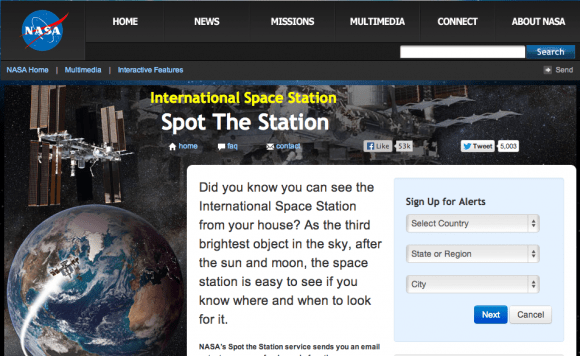
About twelve hours before the station is due to fly overhead, you’ll get a notification from NASA. Depending on your location, you might get notified a couple of times a week, or as rarely as once a month. As soon as you get the notification, create an alarm on your phone for about a minute before the flyover.
When the alarm goes off, take your friends outside and look to the West.
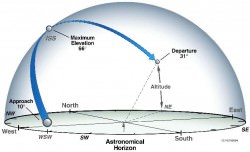
The station moves so quickly if you’re using a telescope you will have a tough time tracking its movement. A nice pair of binoculars will make it look a lot brighter, and even let you see the H-shape of its solar panels. But even viewing it with the naked eye is a great experience.
NASA’s website is just one of the many ways you can get notifications.

There are also dozens of Android and iPhone apps that will perform this function; many of which are free to use.
If you’ve never seen the station, head on over to NASA and set up a notification right away.
Then kick back and let orbital mechanics bring the station to your backyard at a time that’s convenient for you.
Want more details? We’ve got a detailed guide on how to View the International Space Station for Beginners, and How to Photograph the International Space Station.
New IMAX Super Short: Galaxies Across Space and Time
“Hubble: Galaxies Across Space and Time” is an award-winning IMAX Super Short film. In less than 3 minutes you can explore 10 billion years of cosmic history as you fly through one of Hubble’s iconic images, the Hubble Deep Field. These galaxies were photographed by the Hubble Space Telescope as part of the Great Observatory Origins Deep Survey (GOODS) project. Hubble scientists and imaging specialists worked for months to extract individual galaxy images, placing them in a 3-D model according to their approximate true distances.
If you ever have the chance to see the big screen version of “Hubble 3-D IMAX,” do it. It’s an incredible cinematic view that portrays the immensity and gloriousness of our Universe like no other film I’ve seen. You can read my review of it here.
Astonishing Hi-Resolution Satellite Views of the Destruction from the Moore, Oklahoma Tornado

A new satellite map from Google and Digital Globe shows just-released satellite imagery of the damage from the tornado that struck the area of Moore, Oklahoma on May 20, 2013. It’s been called one of the most powerful and destructive tornadoes ever recorded — determined to be an EF5 tornado, the strongest rating for a tornado — and the destruction is heartbreaking. In the screenshot above, you can see how some houses were left undamaged, while others were completely destroyed.
Click on the image above to have access to an interactive map that shows hi-resolution views of the damage, providing details of where the buildings and houses once were. NPR put this map together, using satellite data from Digital Globe, along with property data from City of Oklahoma City, City of Moore, and Cleveland County. Satellite data like this are helping to assist the recovery and rescue teams on the ground.
In the immediate aftermath of a natural catastrophe such as this tornado, the priority is searching for survivors and saving lives.
But longer term recovery — including the rebuilding of infrastructure and amenities such as schools and hospitals — can take decades, and satellite imagery can provide a systematic approach to aiding, monitoring and evaluating this process.
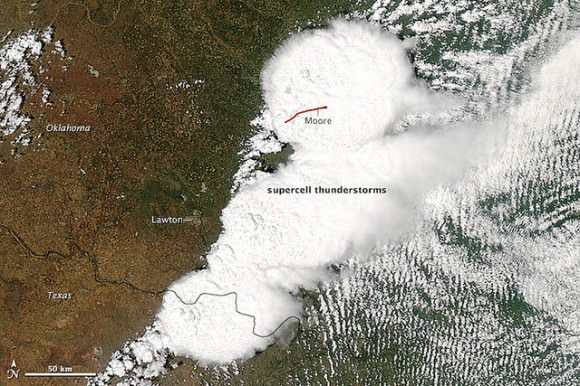
See more satellite views from NASA of the storm and aftermath on NASA Goddard’s Flickr page for this tornado.
The Take Part website has a list of organizations that are providing support for the recovery and care of the people affected, if you would like to contribute.
The Ring Nebula is Really a Football-Shaped Jelly Donut
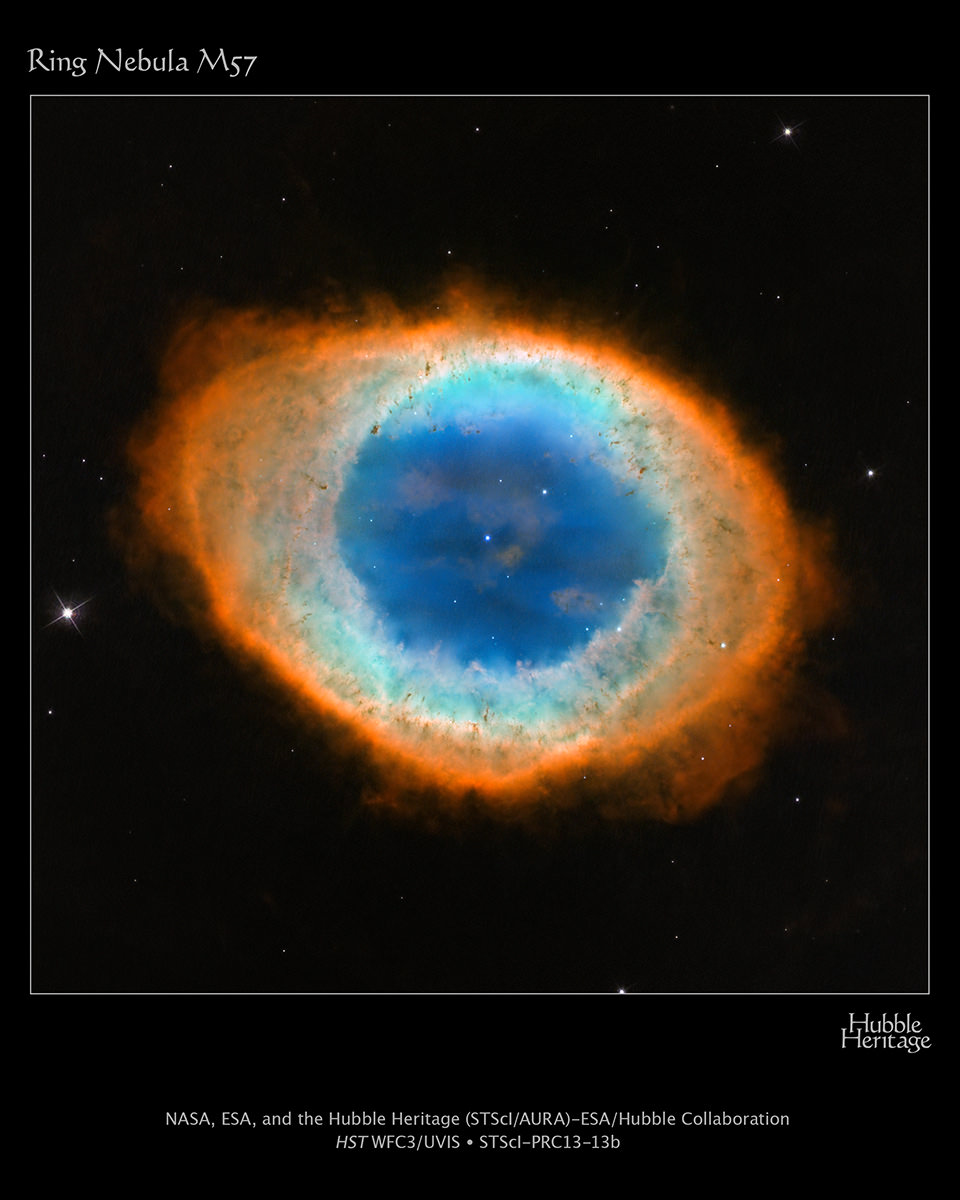
Sometimes the popular names given to an astronomical object hit the mark of describing its features. Other times…. not so much. Case in point, the Ring Nebula. While the distinctive loop shape and colorful beauty have made it one of the most famous celestial discs, it is not really a classic “ring.” And this recent image from the Hubble Space Telescope shows an amazing new level of detail in this iconic nebula.
“The nebula is not like a bagel, but rather, it’s like a jelly doughnut, because it’s filled with material in the middle,” said C. Robert O’Dell of Vanderbilt University, who led a research team that used Hubble and several ground-based telescopes to obtain the best view yet of the Ring nebula. The images show a more complex structure than astronomers once thought and have allowed them to construct the most precise 3-D model of the nebula.
“With Hubble’s detail, we see a completely different shape than what’s been thought about historically for this classic nebula,” O’Dell said. “The new Hubble observations show the nebula in much clearer detail, and we see things are not as simple as we previously thought.”
The Ring Nebula is about 2,000 light-years from Earth and measures roughly 1 light-year across. Located in the constellation Lyra, the nebula is a popular target for amateur astronomers.
Previous observations by several telescopes had detected the gaseous material in the ring’s central region. But the new view by Hubble’s Wide Field Camera 3 shows the nebula’s structure in more detail. O’Dell’s team suggests the ring wraps around a blue, football-shaped structure. Each end of the structure protrudes out of opposite sides of the ring.
This video zooms into the constellation Lyra to the location of the Ring Nebula and the new image from the Hubble Space Telescope and the Large Binocular Telescope:
In the analysis, the research team also obtained images from the Large Binocular Telescope at the Mount Graham International Observatory in Arizona and spectroscopic data from the San Pedro Martir Observatory in Baja California, Mexico.
The nebula is tilted toward Earth so that astronomers see the ring face-on. In the Hubble image, the blue structure is the glow of helium. Radiation from the white dwarf star, the white dot in the center of the ring, is exciting the helium to glow. The white dwarf is the stellar remnant of a sun-like star that has exhausted its hydrogen fuel and has shed its outer layers of gas to gravitationally collapse to a compact object.
O’Dell’s team was surprised at the detailed Hubble views of the dark, irregular knots of dense gas embedded along the inner rim of the ring, which look like spokes in a bicycle wheel. These gaseous tentacles formed when expanding hot gas pushed into cool gas ejected previously by the doomed star. The knots are more resistant to erosion by the wave of ultraviolet light unleashed by the star. The Hubble images have allowed the team to match up the knots with the spikes of light around the bright, main ring, which are a shadow effect. Astronomers have found similar knots in other planetary nebulae.
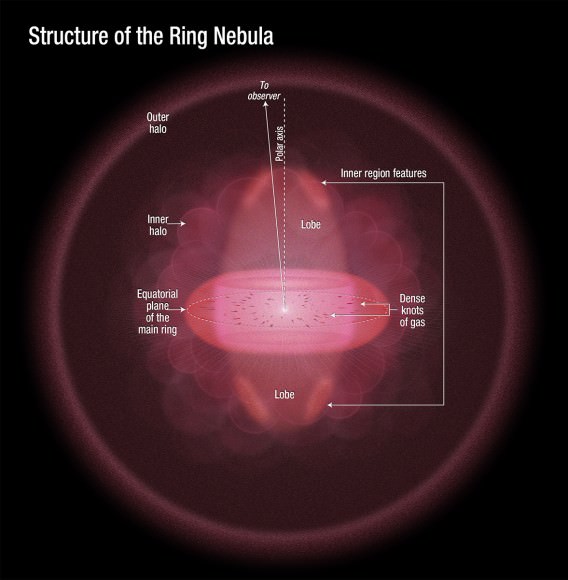
All of this gas was expelled by the central star about 4,000 years ago. The original star was several times more massive than our sun. After billions of years converting hydrogen to helium in its core, the star began to run out of fuel. It then ballooned in size, becoming a red giant. During this phase, the star shed its outer gaseous layers into space and began to collapse as fusion reactions began to die out. A gusher of ultraviolet light from the dying star energized the gas, making it glow.
The outer rings were formed when faster-moving gas slammed into slower-moving material. The nebula is expanding at more than 43,000 miles an hour, but the center is moving faster than the expansion of the main ring. O’Dell’s team measured the nebula’s expansion by comparing the new Hubble observations with Hubble studies made in 1998.
The Ring Nebula will continue to expand for another 10,000 years, a short phase in the lifetime of the star. The nebula will become fainter and fainter until it merges with the interstellar medium.
Studying the Ring Nebula’s fate will provide insight into the sun’s demise in another 6 billion years. The sun is less massive than the Ring Nebula’s progenitor star, so it will not have an opulent ending.
“When the sun becomes a white dwarf, it will heat more slowly after it ejects its outer gaseous layers,” O’Dell said. “The material will be farther away once it becomes hot enough to illuminate the gas. This larger distance means the sun’s nebula will be fainter because it is more extended.”
Source: HubbleSite
Awesome View of the Active Pavlov Volcano, as Seen from the Space Station
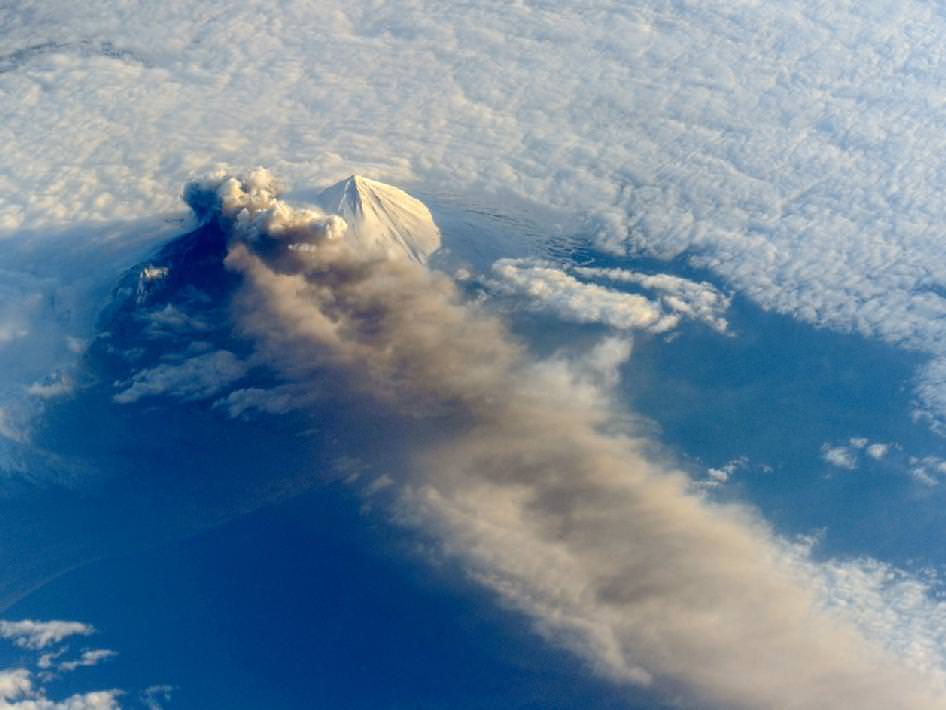
The Pavlof Volcano began erupting on May 13, 2013, shooting lava into the air and spewing an ash cloud 20,000 feet (6,000 meters) high. This image from the International Space Station was taken on May 18, and provides a unique oblique (sideways) glance at the action. When the photograph was taken, the space station was about 475 miles south-southeast of the volcano (49.1° North latitude, 157.4° West longitude). The volcanic plume extended southeastward over the North Pacific Ocean.
NASA says the oblique perspective reveals the three dimensional structure of the ash plume, which is usually not visible from the top-down views of most remote sensing satellites.
If the volcano keeps erupting and spewing ash at those heights, it could interfere with airline traffic. Pavlov is one of the most frequently erupting volcanoes in the Aleutian arc. It last erupted in August of 2007; it previously had not been active since 1996.
There’s more information — and an impressive set of ground-based images — on the Pavlov Volcano at the Alaska Volcano Observatory website, and here’s a helicopter video of the eruption:
There are also a few more ISS images of the volcano at the NASA Earth Observatory website.
With Russian Meteor Fresh In Everyone’s Memory, ESA Opens An Asteroid Monitoring Center
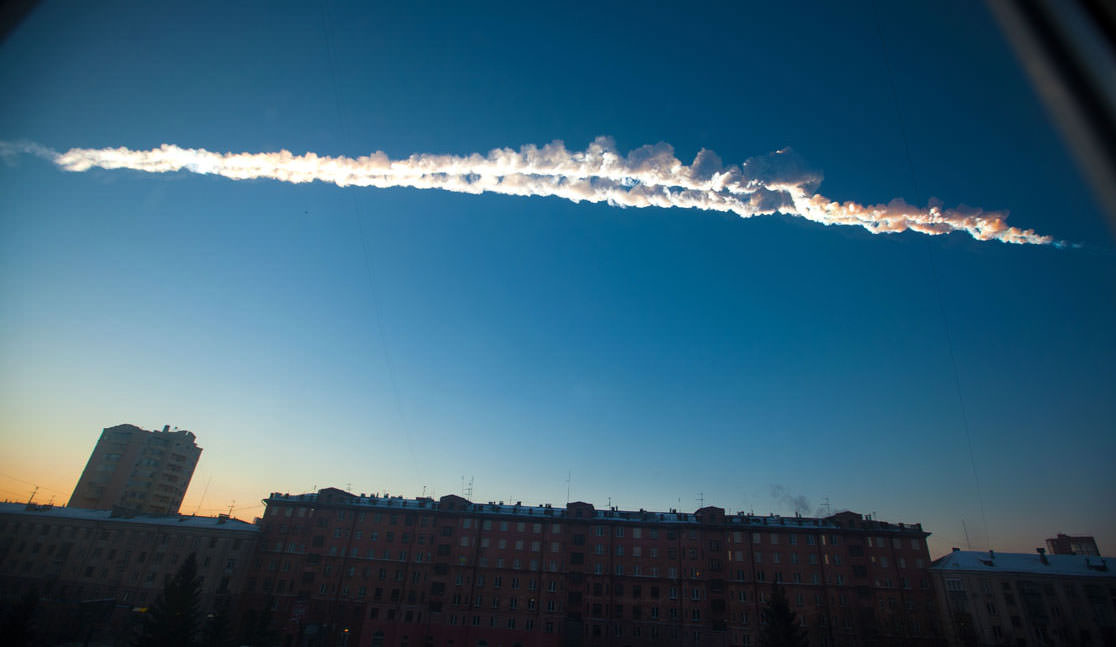
It’s been about three months since that infamous meteor broke up over Chelyabinsk, Russia. In that time, there’s been a lot of conversation about how we can better protect ourselves against these space rocks with a potentially fatal (from humanity’s perspective) gravitational attraction to Earth.
This week, the European Space Agency officially inaugurated a “NEO Coordination Centre” that is intended to be asteroid warning central in the European Union. It will be the hub for early warnings on near-Earth objects (hence the ‘NEO’ in the name) under ESA’s space situational awareness program.
ESA estimates that of the 600,000 asteroids and comets that orbit the Sun, about 10,000 of them are NEOs. (They define NEOs as asteroids or comets with sizes of several feet up to several tens of miles.)
NASA, of course, is also gravely concerned about the threat NEOs present. Its administrator, Charles Bolden, talked about this at a Congressional hearing about asteroids in March.
Before delving into the threat, Bolden took a metaphorical deep breath to talk about the dozens of asteroids — a meter or larger — that slam into Earth’s atmosphere each year. Most of them burn up harmlessly, and further, 80 tons of dust-like material rain on Earth daily.
A notable meteor that did cause some damage took place about 100 years ago, in 1908, when an object broke up over an isolated area in Russia and flattened trees for miles. Bolden characterized that as a statistically one-in-a-thousand year event, but added that the “real catch” is this type of event could happen at any time.
NASA, however, is seeking out those that cause a threat. It is supposed to find 90 per cent of asteroids 140 meters or larger by 2020, and is making progress towards that goal. (By comparison, the Chelyabinsk object was estimated at 17 to 20 meters.)
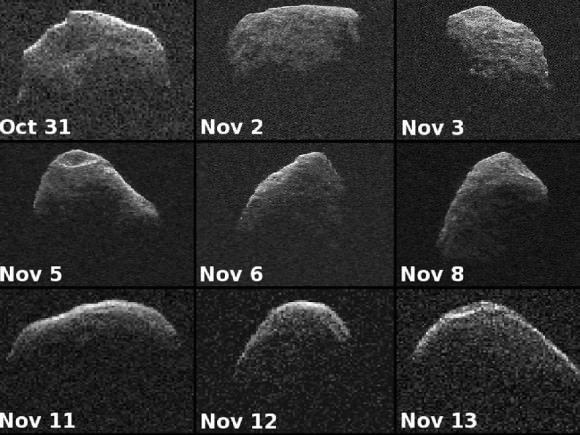
So how to best monitor the threat? Bolden outlined a few ideas: crowdsourcing, coordinating with other federal agencies and making use of automatic feeds from different telescopes throughout the world (as NASA does right now.)
Bolden emphasized that none of the asteroids we have found is on a collision course with the Earth. Still, NASA and other science experts are not complacent.
In the same hearing, John Holdren — the president’s assistant on science and technology — recommended following a National Academy of Sciences report to spend upwards of $100 million a year on asteroid detection and characterization. To mitigate the threat, Holdren further recommended a visit to an asteroid by 2025, which would perhaps cost $2 billion.

